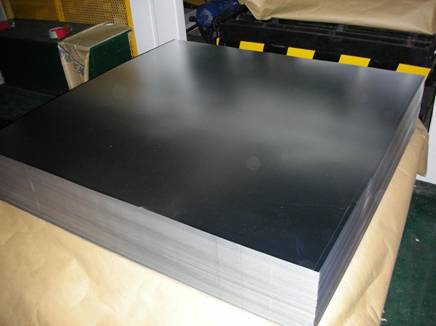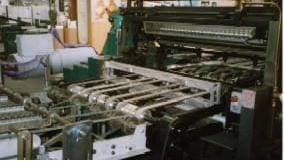The deficiency of varnish in the inner varnish of the weld can be due to several factors. According to the information provided:
- Varnish porosity is a problem mentioned, which indicates that the applied varnish may contain micropores that do not provide complete coverage, leaving exposed small areas of metal that may be susceptible to corrosion.
- It is noted that incipient oxidation of the solder may occur if it is not adequately protected after soldering, which may be due to the disappearance of the protective tin layer that is melted by the heat generated during the soldering operation.
- The presence of metal expulsions and projections outside the weld may be another factor contributing to varnish deficiency, as these exposed metal particles are a serious defect that may not be safely covered by the varnish.
- It is also mentioned that the application of nitrogen gas during soldering can prevent oxidation of the iron and improve the adhesion of the solder protection varnish, suggesting that the absence of this practice could lead to a deficiency in the varnish.
- Varnish application technique may also play a role, as liquid varnish requires auxiliary equipment and can be difficult to use, which could lead to inconsistent application.
- It is mentioned that the presence of cracks in the forming ring of the base of the cans may be a reason for primary corrosion, which could suggest that structural defects may also affect the integrity of the varnish.
- The presence of contaminants such as chlorides, bromides and chelating agents prior to coating can act as initiators of filiform corrosion, which means that surface cleaning and preparation prior to coating is critical.
These points indicate that interior coating deficiency may be the result of a combination of factors, including coating quality and application, surface preparation and conditions during and after welding.














